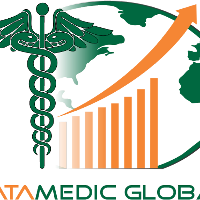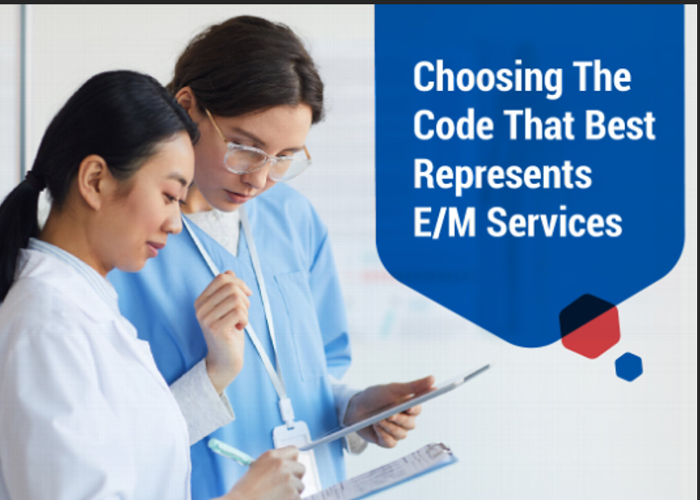The Cigna Group has delayed the requirement for submitting documentation with claims that involve a 25 modified offices or other outpatient evaluation and management (E/M) service (CPT® 99212-99215) and a minor procedure. Despite the payer not enforcing this requirement, physician practices that submit such claims must ensure their documentation meets clinical review standards. This is particularly important for otolaryngologists who bill for an E/M with an unplanned diagnostic endoscopy.
Here's the Situation
Minor procedures conducted in an outpatient setting are typically either therapeutic or diagnostic. Diagnostic procedures are usually scheduled and may involve a gastrointestinal specialist performing a colonoscopy, a neurologist conducting a nerve conduction study, or a cardiologist conducting a cardiac stress test. However, in the field of otolaryngology, physicians often perform unplanned diagnostic endoscopies during E/M encounters.
These endoscopies are diagnostic procedures with zero global days and are typically performed as unplanned procedures. Examples include diagnostic nasal endoscopy for nasal and sinus complaints (31231), nasopharyngoscopy for eustachian and nasopharynx complaints (92511), and laryngoscopy (31575) for throat complaints.
Case in Point
During an otolaryngology examination, the physician will manually inspect the patient's nose and sinuses, nasopharynx, and/or larynx. If the physician cannot obtain sufficient information through visual inspection or manual examination, they may perform an unplanned diagnostic endoscopy to better assess the patient's condition.
For instance, if an established patient complains of nasal congestion, headaches, and facial pressure, the physician may conduct a history of present illness (HPI), review of systems (ROS), and head, face, nose, mouth, neck, and thyroid examination. If the physician cannot obtain adequate visualization of the nose and sinuses with a speculum, they may decide to perform a diagnostic nasal endoscopy to get a better view of the nasal cavities. The provider will document the full nasal endoscopy procedure note, including the type of anesthetic used, waiting time for the anesthetic to take effect, and condition of interior nasal cavities, septum, middle meatuses, superior meatuses, turbinates, and sphenoethmoidal recesses on both sides of the nose.
After conducting the diagnostic nasal endoscopy, the physician documents an assessment and plan and medical decision making (MDM), which will determine the level of the E/M service. The assessment reveals that the patient has chronic pansinusitis and nasal polyps, with headaches in the frontal component. To address these issues, the physician introduces the patient to an irrigation system and prescribes two types of medicated nasal sprays for the polyps. The physician also discusses the possibility of future surgery with the patient if the medication does not reduce the polyps. The physician further elaborates that minor surgery could open nasal obstructions, or if the congestion and polyps worsen, a more radical surgery may be necessary. The physician documents that major surgery would be low risk given the patient's age.
Consider the Work Involved
The Centers for Medicare & Medicaid Services (CMS) publishes the pre-service, intra-service, and post-service time required to determine the value of each CPT® code. These pre- and post-service times for minor procedures cannot include any time spent on the E/M service, and vice versa. In otolaryngology, a diagnostic nasal endoscopy (31231) requires 5 minutes of pre-service evaluation time and 3 minutes of post-service time. A diagnostic nasopharyngoscopy (92511) requires 4 minutes of pre-service evaluation time and 3 minutes of post-service time. A diagnostic laryngoscopy (31575) requires 8 minutes of pre-service evaluation time and 5 minutes of post-service time.
A therapeutic endoscopy involving sinus debridement or polypectomy, unilateral (31237), requires 17 minutes of pre-service evaluation time and 5 minutes of post-service time. This time is related to the minor procedure and not the E/M service. Although the physician did not document the time spent on pre-service, intra-service, and post-service, it took more than 15 minutes in addition to the time spent on the E/M. It may be advisable to include this information in the practice's clinical documentation improvement education.
The Rationale
Conducting the unplanned diagnostic endoscopy was beneficial to the physician's MDM. The note indicates a significant and separately identifiable E/M with MDM for a chronic problem that is not stable and prescription drug management, supporting a 99214-25 Office or other outpatient visit for the evaluation and management of an established patient.
The note also details the anesthetic used and endoscopic findings for all relevant structures in the nose and sinuses, supporting an unplanned diagnostic procedure (31231 Nasal endoscopy, diagnostic, unilateral or bilateral (separate procedure)). Although modifier 25 is not defined as a “decision to perform” a procedure, a catch-22 exists in this scenario. If a diagnostic minor procedure is not scheduled and the physician decides to perform it during the E/M encounter, it is billable with a 25 modified E/M.

